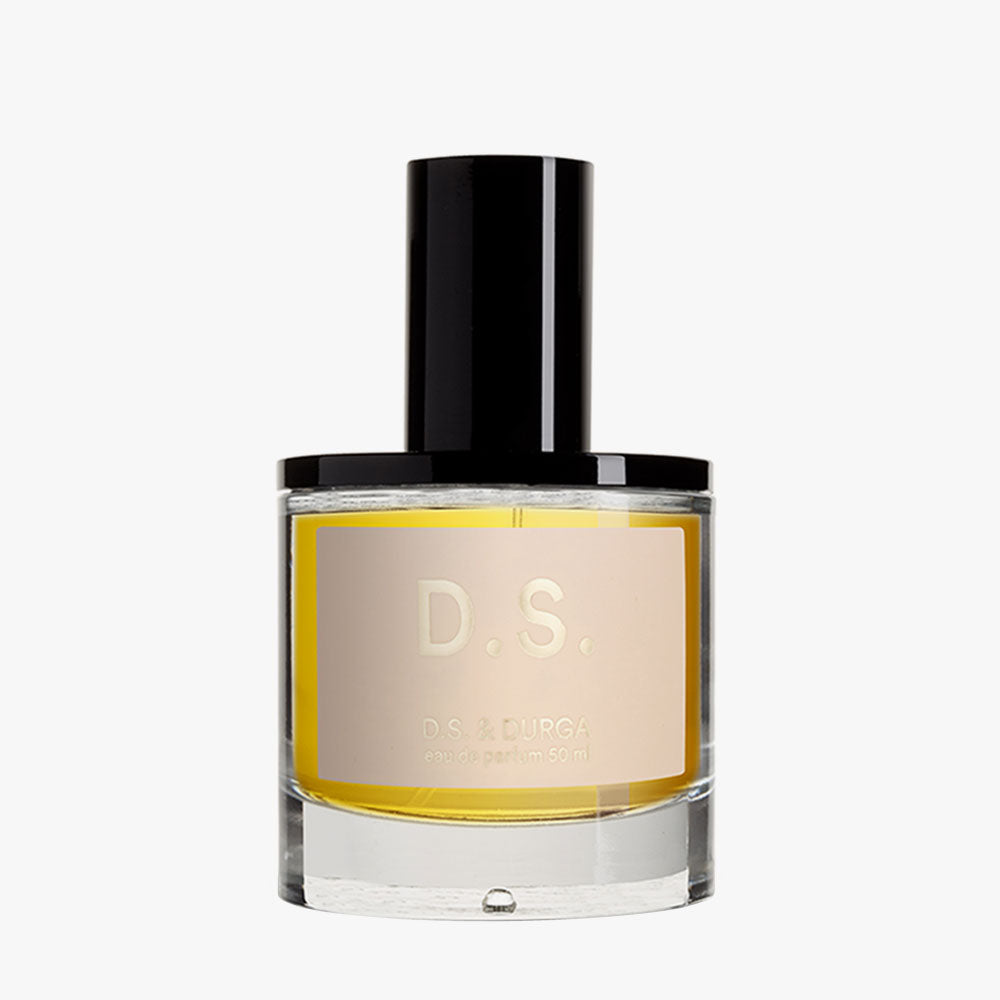A visit to a traditional perfume shop in India is a step back in time. Ornate cut crystal bottles hold jeweled colored liquids, attars, ambers, choyas, and ruhs. You are invited to sit while a salesperson brings them out one after the other, swiping oils onto your skin right from the glass stopper. More often than not, they are crammed into busy markets of crowded cities. The contrast is a reminder that beauty is all around us and can be found anywhere. Traditional Indian perfume making should be considered a whole genre. Unique methods of extraction and indigenous plants are its hallmarks. Flowers, ambers, sandalwood, Himalayan herbs, southern spices - the diversity of plant life in India is staggering. To name a few of the most fragrant – tuberose, saffron, frangipani, kewda, ylang, gardenia, rose, cardamom, deodar, khus, mogra, motia.
The oils can come from small farms that have been growing, gathering, and distilling plants for a long time. Cottage industries for jasmine and other oils have spawned entire villages. Attars are of particular interest to me. An attar is made by co-distilling one or more plants with sandalwood in giant alembics. It is like making a blended perfume during extraction – rather than mixing separate oils together after they are extracted. Something alchemical happens when all the plants – gathered from hills and jungles – are all set to cook together. Attars smell like perfumes from a different age. Formulations are passed down for generations and many are unique to certain regions. For “D.S.”I wanted to create the impression of an attar by cooking together accords of yellow lotus, gardenia (which I made from a plant I own), rose, jasmine, saffron, and vetiver all grounded in pure real deal Holyfield Sandalwood oil from Sri Lanka (one of the finest in the world as Mysore has been overharvested). D.S. has the choicest materials and can only be produced in small batches. – David Seth Moltz














